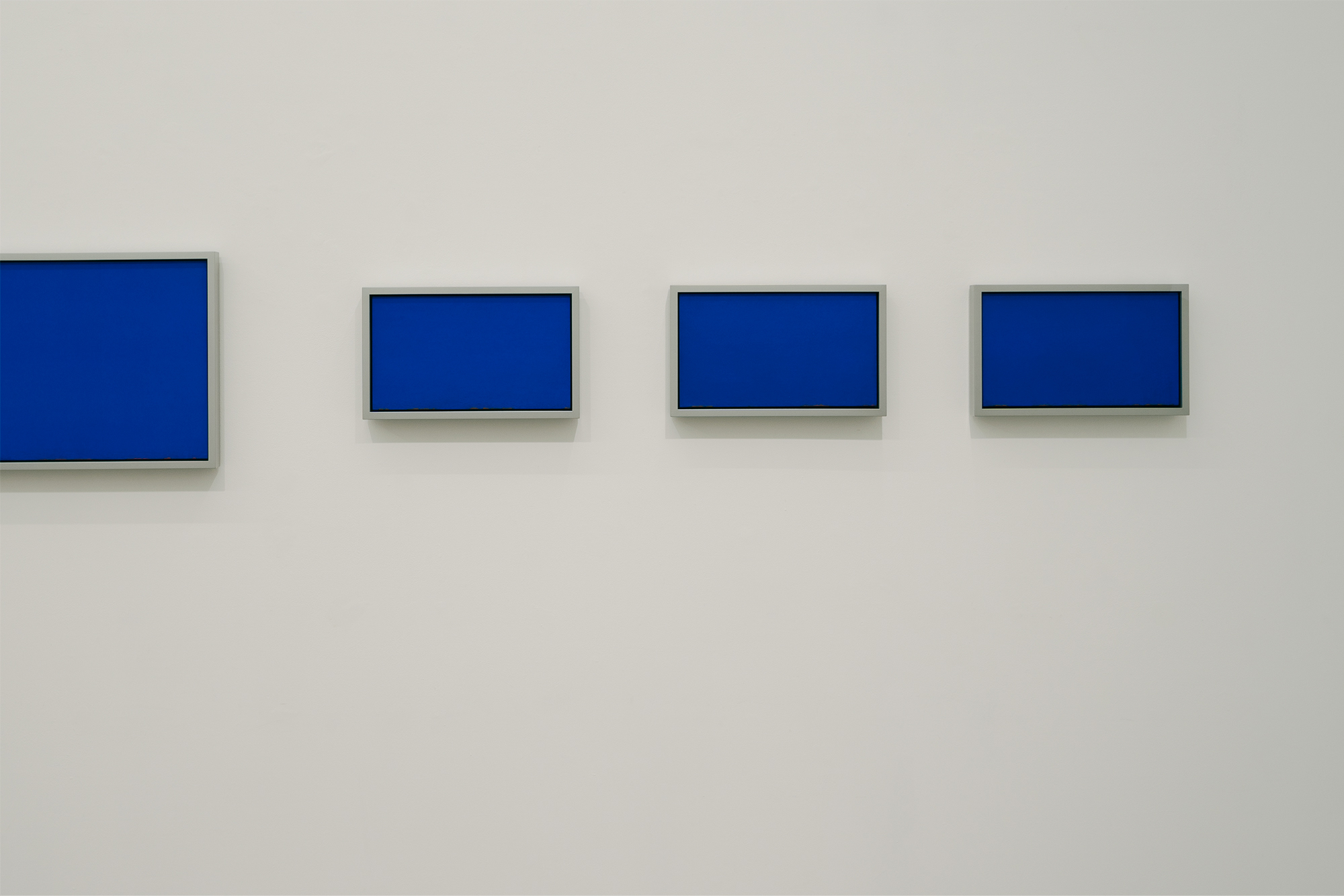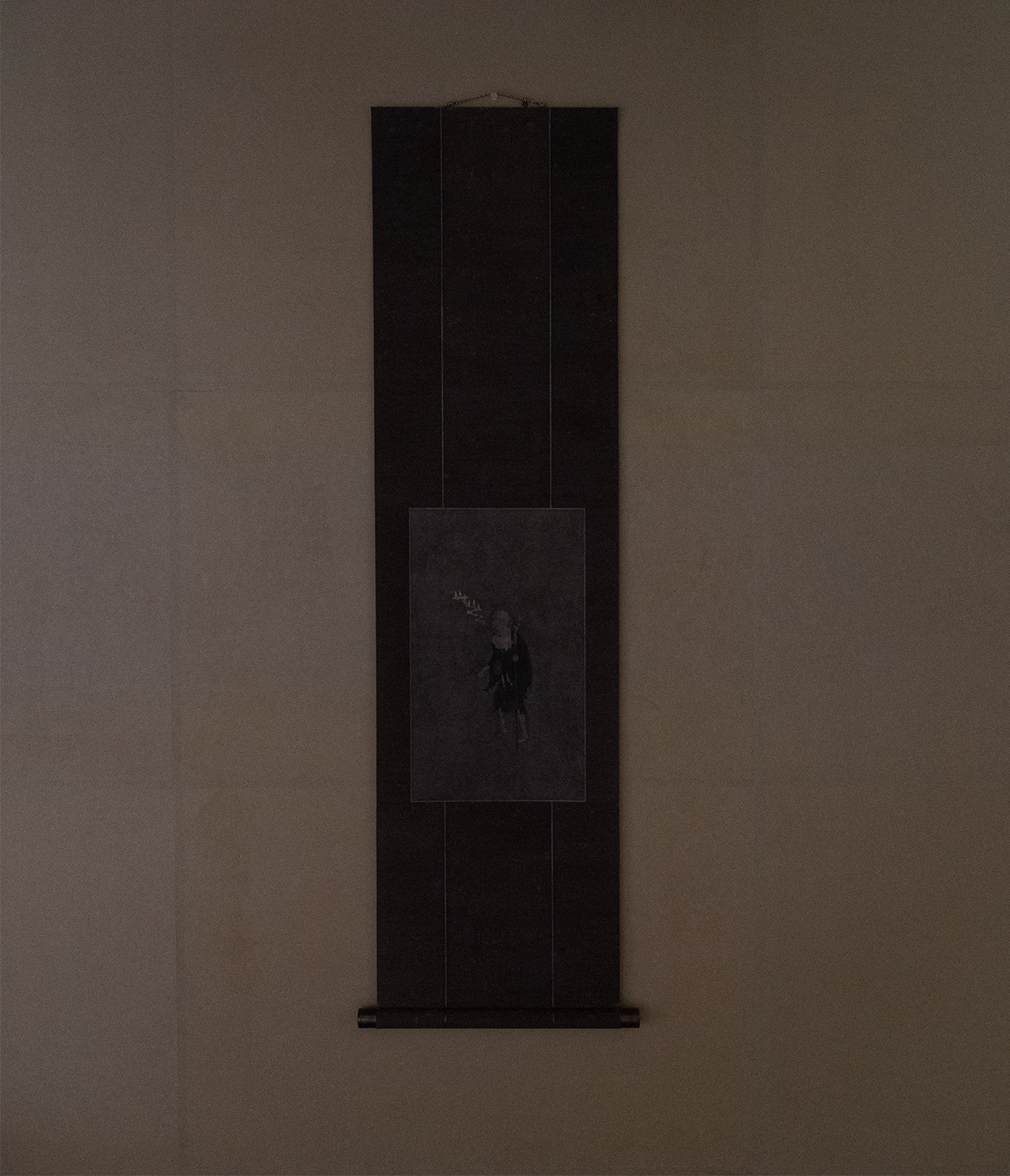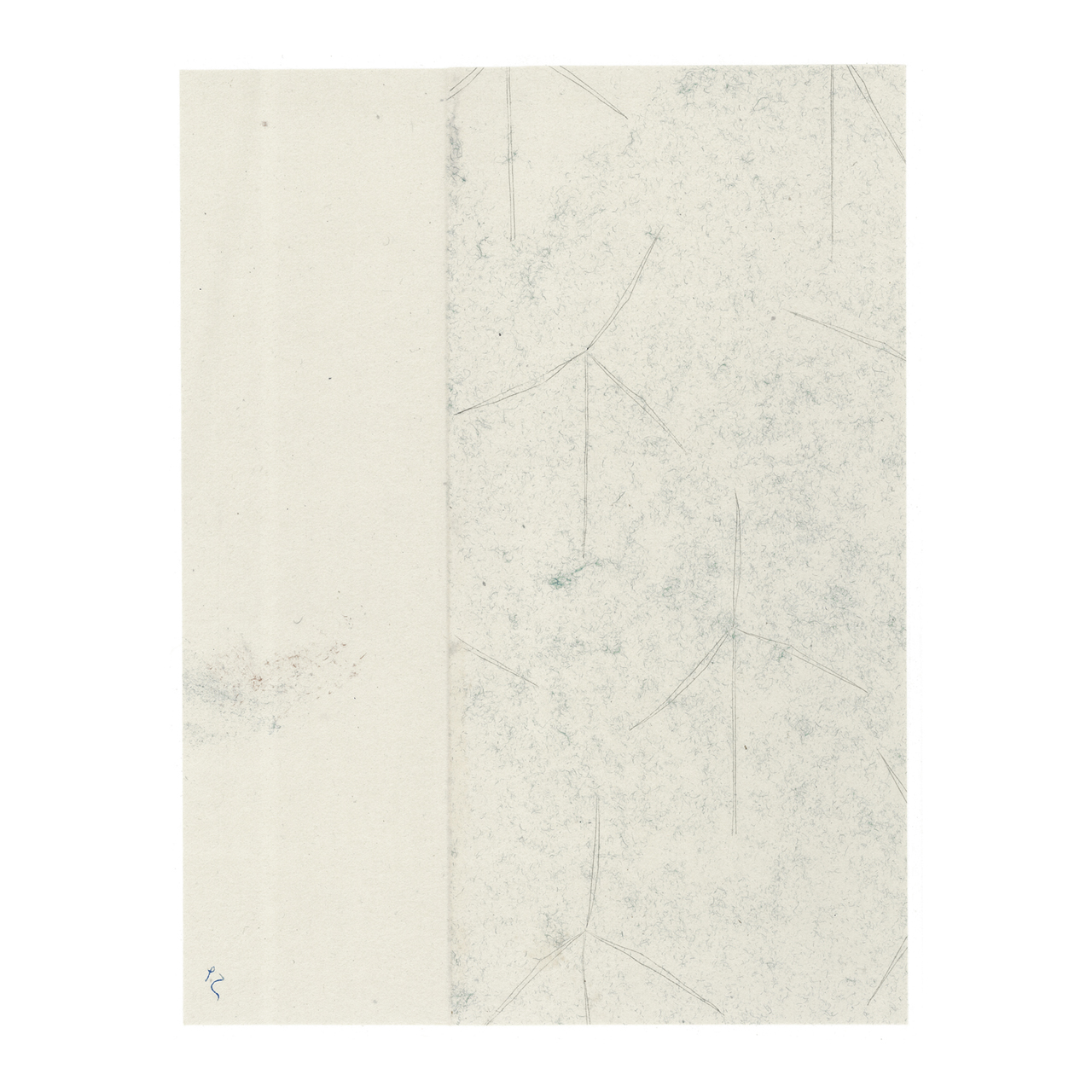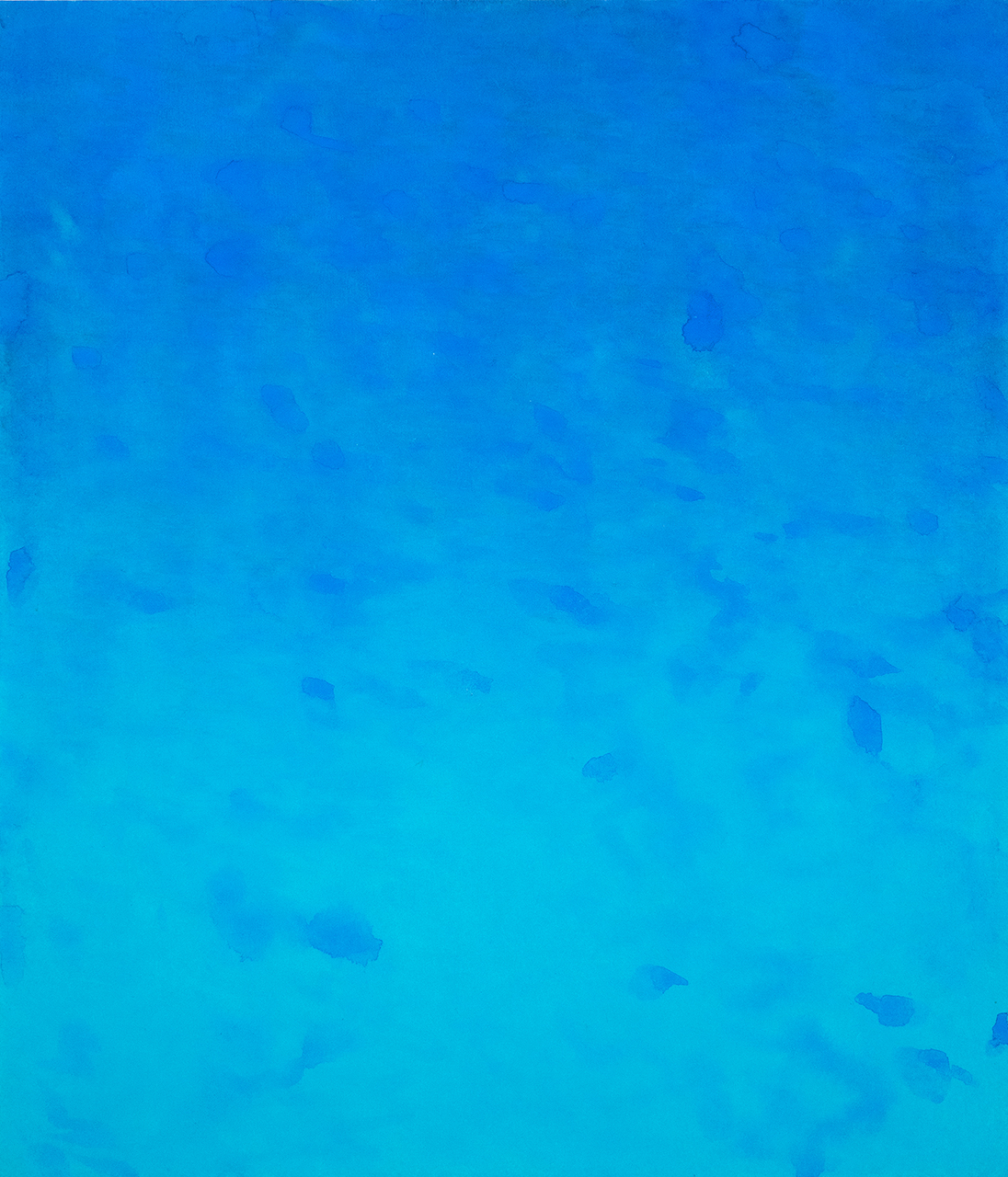VARIATION
Khora
 Photo by Tatashi Kuroyanagi
Photo by Tatashi Kuroyanagi
Khora

Sea trace
"Sea trace" was inspired by the blue seascape of Itsukushima Island just before dawn.
The materials used in the work, such as azurite and Japanese paper, are traditional materials of natural origin, ensuring continuity between the work and nature. In addition, by mixing seawater collected in a particular region with my paints, I have included a sense of climate and relationship with nature in my works.
To give the works the physicality and concreteness of my visits to the site, the title of the work includes the date and place where the seawater was collected.
The materials used in the work, such as azurite and Japanese paper, are traditional materials of natural origin, ensuring continuity between the work and nature. In addition, by mixing seawater collected in a particular region with my paints, I have included a sense of climate and relationship with nature in my works.
To give the works the physicality and concreteness of my visits to the site, the title of the work includes the date and place where the seawater was collected.

Khora
Since ancient times, the Japanese have grasped the realm of intuition, which does not rely on logic, through nature, and have found an aesthetic sense for each era. I have been searching for ways to express the "realm of intuition" to create a new, universal aesthetic, and I have titled my work "Khora" as a mark of my search. I interpreted this word as a concept in Plato's "Timaeus" and represents a "field" for existence, or a realm different from the logic that divides and organizes things through reason and language. And I believe that this realm is mutually accessible to Eastern thought.
In my work, I paint lines of oriental brush strokes on aluminum, a material born of Western modernization, and sometimes use the technique of "Tarashikomi" for the lines. By encompassing and repeating the methods and concepts of each culture and civilization, I attempt to express a new "realm of intuition" with universality.
In my work, I paint lines of oriental brush strokes on aluminum, a material born of Western modernization, and sometimes use the technique of "Tarashikomi" for the lines. By encompassing and repeating the methods and concepts of each culture and civilization, I attempt to express a new "realm of intuition" with universality.

Priest Kūya


Free from worldly
The natural blotches and blotches of paint were likened to cherry blossoms in full bloom and falling petals. I am trying to capture the image of a waka poem by Saigyo Hoshi(1118-1190), a poet of the Heian period (794-1185), in which the mind seems to go to a different place, as well as the impression of "clouds of flowers" in my heart that welled up from my visit to Yoshino during the cherry blossom season.


Fast Wind
Wind power encompasses a variety of information about the benefits and challenges of natural energy, but I found the appearance of the wind turbine itself to be poetic. Of course, it would be too innocent to extol the beauty of its appearance (the sheer inorganic enormity of the wind turbine, when viewed up close, is almost frightening), but I decided to accept the aesthetic intuition and anthropocentric sensibilities that I have in my mind at the moment.
For the base material, I used calligraphy paper and fine paper in the world of calligraphy, and in some cases, custom-made paper reproducing paper from the Heian period. The white drawing method, as seen in picture scrolls of the Heian period, was used for the paintings.
For the base material, I used calligraphy paper and fine paper in the world of calligraphy, and in some cases, custom-made paper reproducing paper from the Heian period. The white drawing method, as seen in picture scrolls of the Heian period, was used for the paintings.


Waterside








